Match 3-digit number cards to find pairs that are 100 more or 100 less of each other.
Place Value, Additive Patterns, Operations, & More!
Use this resource in your maths lessons, as a small group activity, or as a whole class exercise (see below) to help students recognise additive patterns that involve adding and subtracting 100 from a 3-digit number.
To play, shuffle the cards and lay them all face down in the centre of the playing area. Students will take turns flipping 2 cards to look for matching pairs that are 100 more or 100 less than each other. The player who finds a match keeps the cards and takes another turn. If the numbers aren’t 100 more or 100 less than each other, turn the cards back over in their spot and move on to the next player. Continue until there are no more cards left in the playing area. The player with the most matches in the end wins!
Scaffolding & Extension Tips
Challenge students who already understand the concept to order the cards from least to greatest or greatest to least. They could also write story problems that involve the numbers from the matches.
Support students who need help understanding the concepts by using a number line to “jump” forward 100 or back 100.
Show students how to find and circle the number in the hundreds place to focus on place value when skip counting with 100s.
Additional 100 More, 100 Less Activities with Task Cards
Use this resource as independent practise for fast finishers, and full-class learning opportunities like scoot activities, lesson reviews, formative assessments, and more.
🦘 Jump in the Line
Have students stand up and provide each with a number card. Then challenge them to put themselves in numerical order silently.
🧑🏫 Show Me!
Give each student a mini dry-erase board and a dry-erase marker. Project a number card and have students add and subtract 100 from the number on their whiteboards. When everyone has written down their answers, say, “Show Me.” Students will flip their boards, allowing you to see who needs extra support with this skill.
👯 Odd Man Out
Set up stations by placing three cards each at desks throughout the room, making sure two cards are within 100 of each other. Student pairs will rotate through each station and identify the cards that are a 100 more 100 less match, writing their answers on a separate sheet of paper.
Easily Prepare This Resource for Your Students
Print on card for added durability and longevity.
These cards were designed to be printed on both the front and back of the paper so that the numbers are on the front side of the card and the game’s name is on the back.
Follow these directions to print double-sided cards:
- Click on the printer icon or select File from the navigation bar, and select Print from the dropdown menu
- From the dialogue box that pops up, next to Pages click on All and select Custom
- Enter 2-13 to ensure the cards print front to back
- Click on More Settings
- Pages per sheet should be set to “1”
- Check the box for Print on both sides
- If it is not already set to Flip on short edge, use the dropdown to make this selection
- Click the Print button
To print only page 1, use the directions above to step 3.
Cut on the dotted lines and place all pieces in a folder or large envelope for easy access.
Before You Download
Use the dropdown icon on the Download button to choose between the PDF or Google Slides version of this resource. A recording sheet and answer key are also included with this download.
This resource was created by Allie Kleijnjans, a teacher and Teach Starter Collaborator.
Looking for more lower primary skip counting activities? Try these:
Practise counting by 2, 5 and 10 with this skip counting worksheet. Skip count your way through these mazes that focus on number sequencing. Practise skip counting by 2, 5 and 10 with this card game for small groups.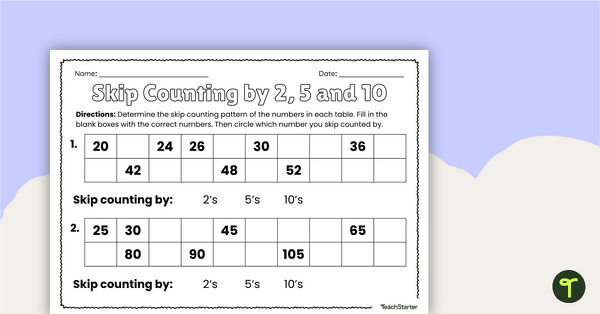
teaching resource
Skip Counting Worksheet — Counting by 2, 5 and 10
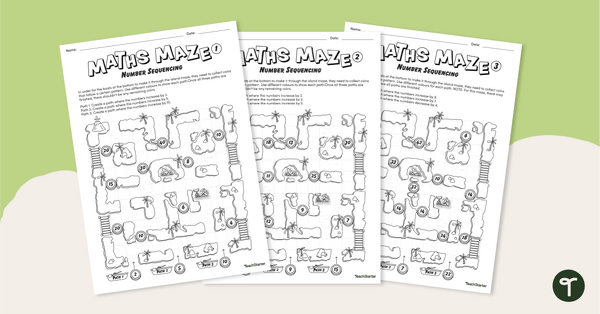
teaching resource
Maths Mazes (Number Sequencing)
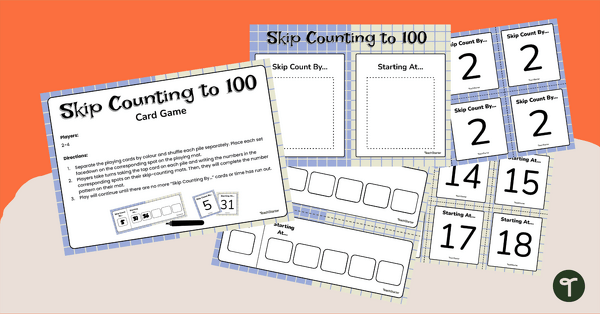
teaching resource
Skip Counting to 100 - Card Game
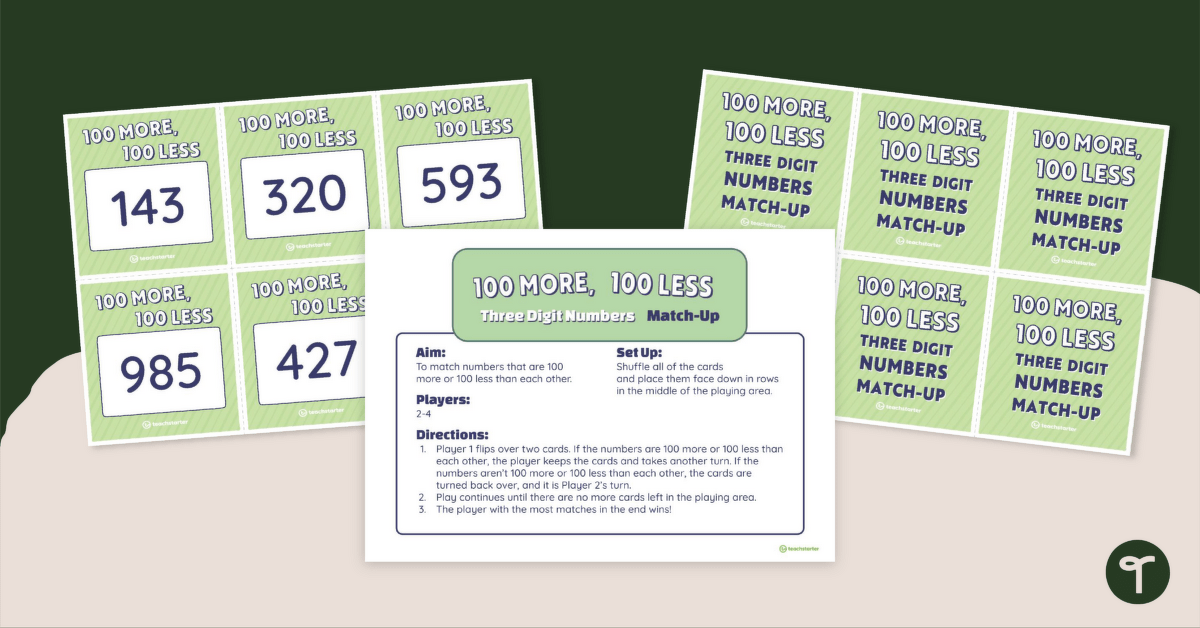
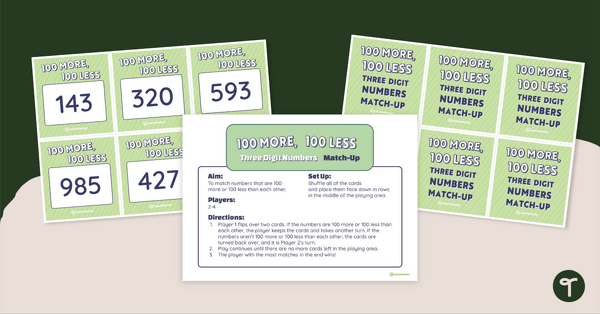


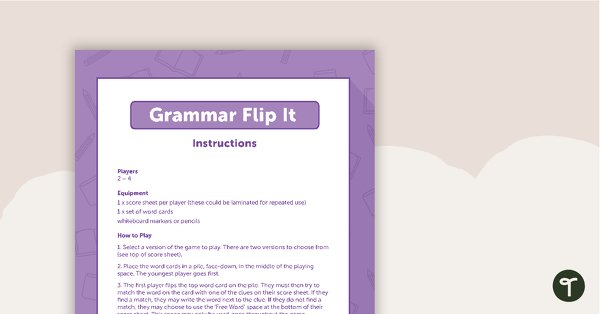
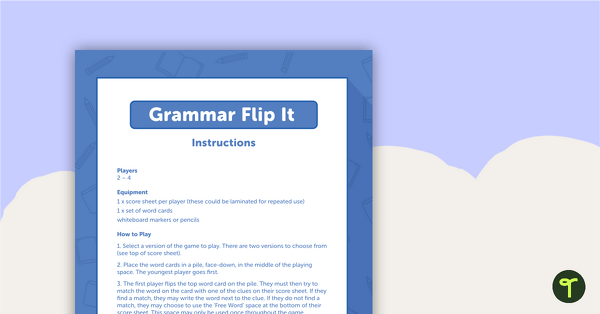
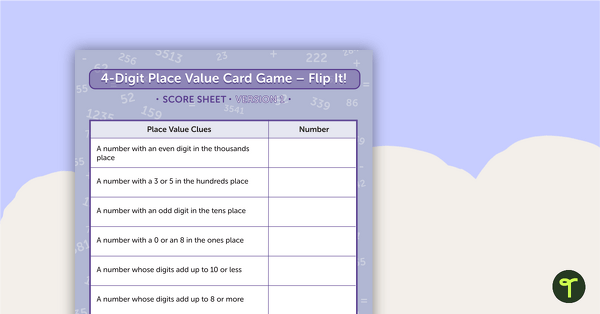
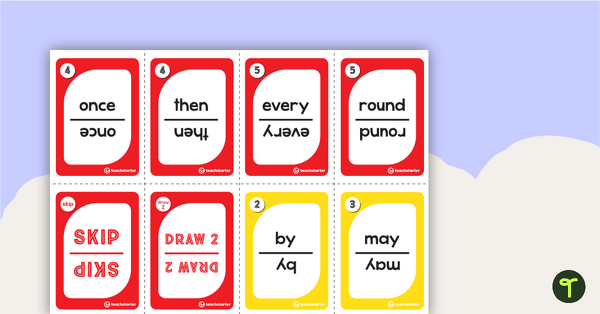
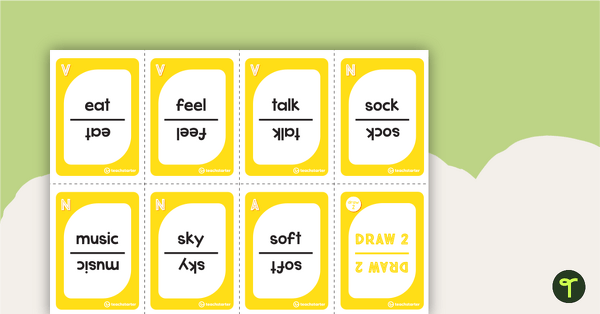
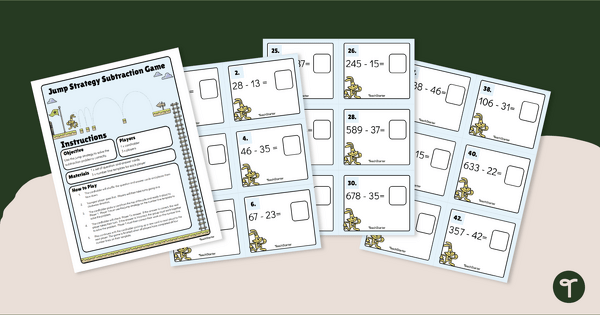
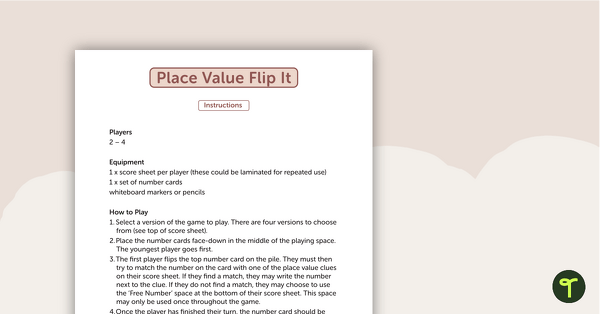
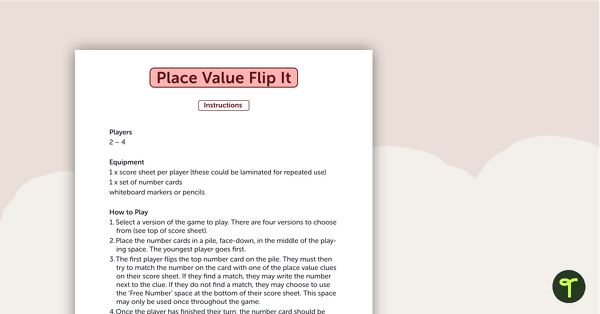
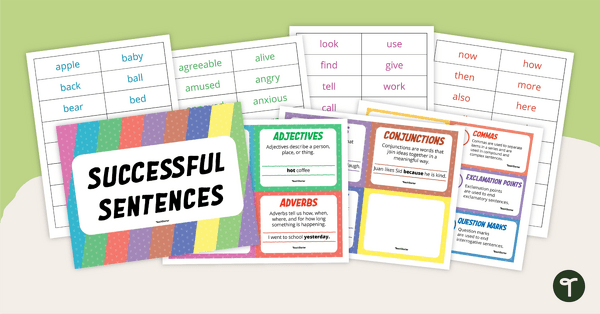
0 Comments
Write a review to help other teachers and parents like yourself. If you'd like to request a change to this resource, or report an error, select the corresponding tab above.